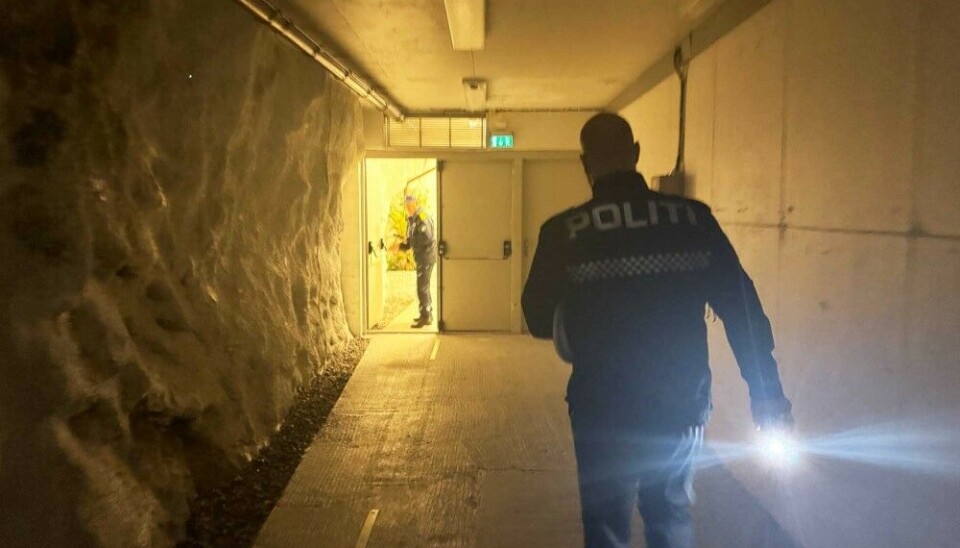
"People in Kirkenes understand that these are new times"
The small Norwegian town located near the border to Russia drills preparedness and crisis management. "We know what kind of neighbour we have," leader of the Civil Defence force in Kirkenes says.
High school students are transported by bus to the main town shelter where they are taken care of by police and representatives of the Civil Defence.
And in the local seaport a bus with passengers is involved in a serious accident. Police officers interact with the fire brigade and healthcare personnel to aid injured people.
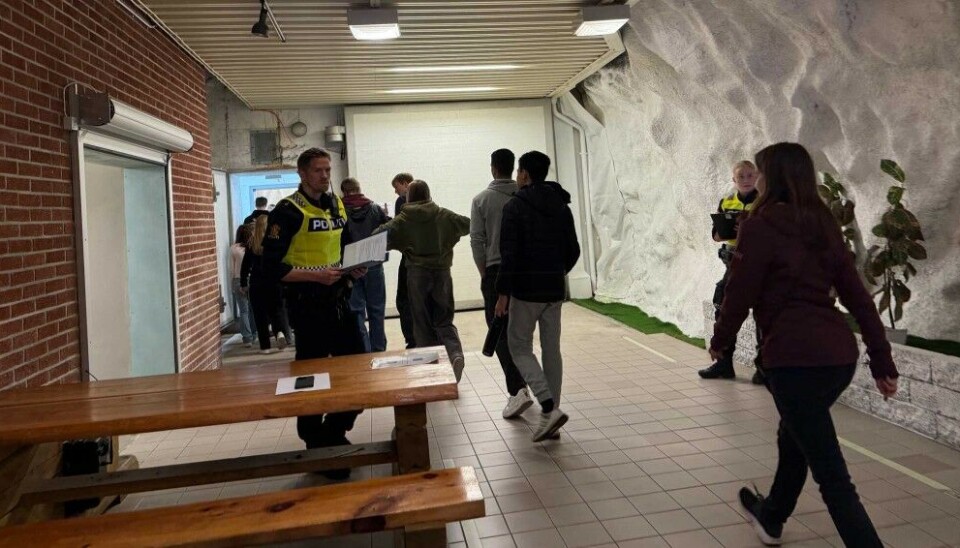
In this week’s preparedness exercise in Kirkenes, the local Civil Defence force trains together with law enforcement and local emergency authorities.
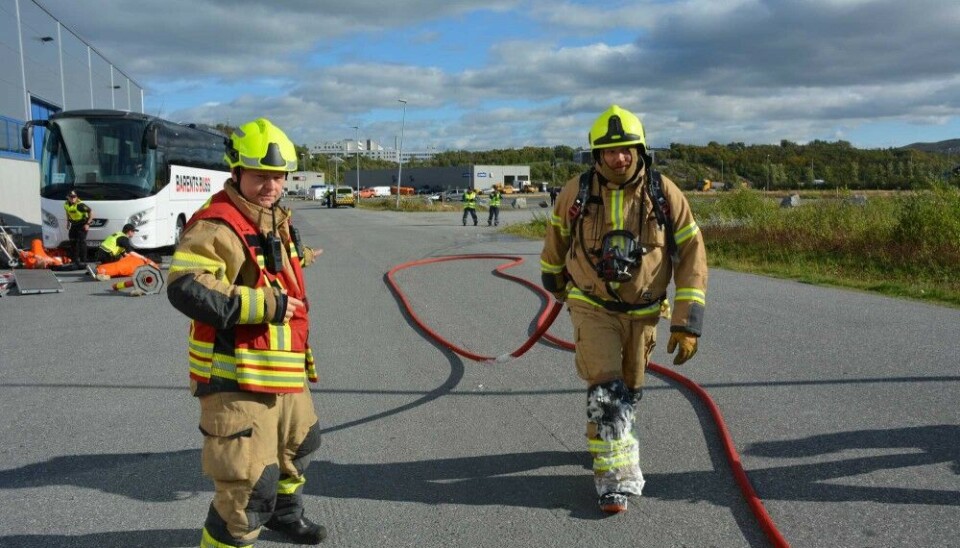
This time, it’s only training. But the scenarios are real enough.
“Whether there is peace, crisis or war, we have to take care of the population if something happens,” says Terje Meyer, head of the Civil Defence units in Sør-Varanger.
“It is important that we train together. When we join forces, we actually have pretty much local resources,” he explains.
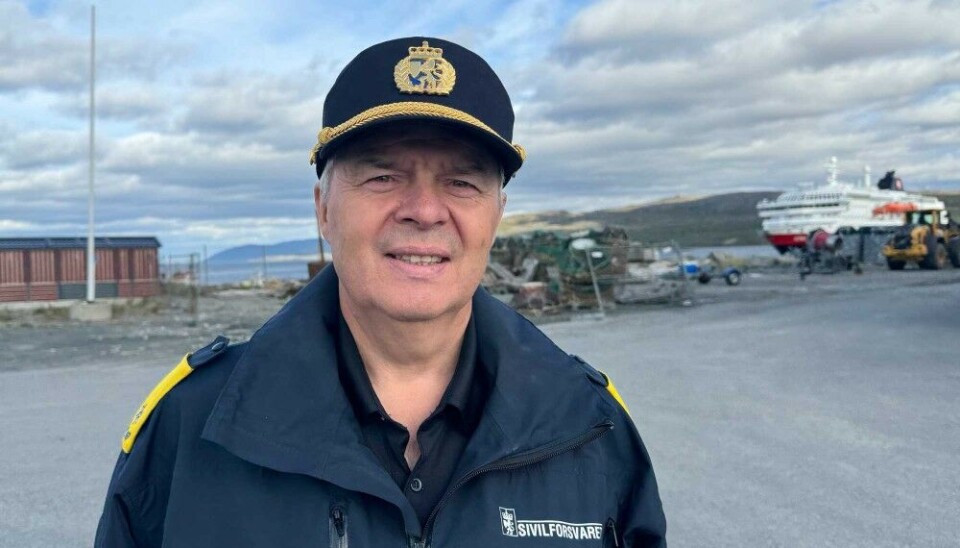
Whether there is peace, crisis or war, we have to take care of the population if something happens”
Coordination between the services is smooth.
“These are professionals. They know their job,” he underlines.
Kirkenes is located a short drive from Russia and only few years ago the small town was bustling with Russian visitors. Today, the border is almost closed and cooperation has come to a halt.
Moscow’s full-scale war against Ukraine and the deliberate attempts to destabilise western democracies is of growing concern also in Norway.
The Civil Defence leader in Kirkenes underlines that this week’s training is not specifically aimed at threats from Russia, but he admits that the situation in the neighbouring country is of concern.
“We see how civilians in Ukraine are exposed to bombing and missile attacks almost every day. It gives us some perspectives about the job we are doing and what it means.”
He agrees that his small town is experiencing a more challenging security situation.
“We have to take it more seriously, because it is coming closer.”
We see how civilians in Ukraine are exposed to bombing and missile attacks almost every day. It gives us some perspectives about the job we are doing and what it means.”
According to local authorities, there is a generally higher focus on preparedness in society. It is also related to climate change, natural catastrophe and other kinds of crisis. But the neighbouring country’s war of aggression has put many people on the alert.
“Following February 2022, we have seen a higher level of attentiveness among locals,” leader of the Civil Defence force in Kirkenes says.
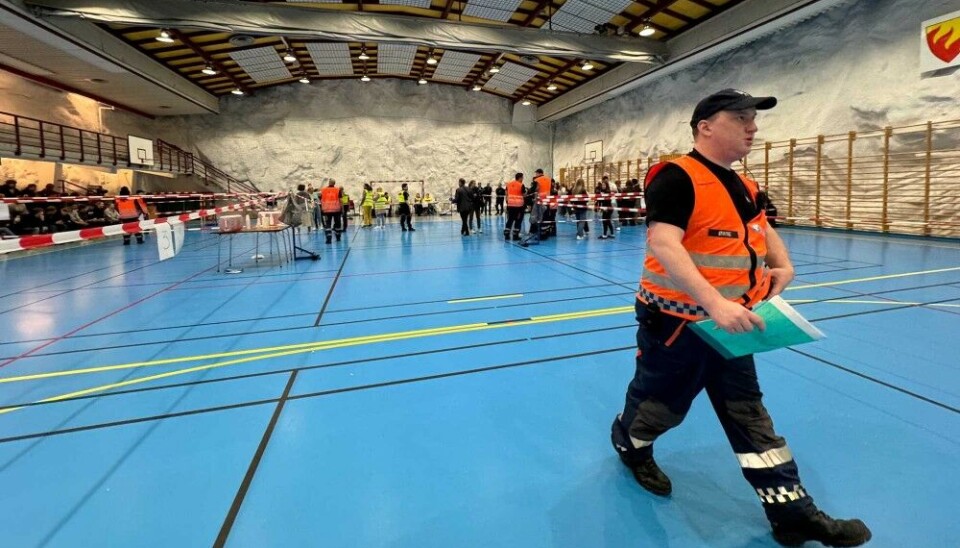
In the downtown shelter a big number of students move through the corridor into the protected mountain hall. Once inside, they are registered and taken care of.
On site are representatives of the Civil Defence, Police and the fire service, as well as health authorities and others.
The shelter in Kirkenes is built inside the mountain and normally serves as sport hall. Hardly any of the many young wrestlers, gymnasts and handball players that daily visit the facility have thought much about its key role in local civil preparedness.
Until recently.
“Since the start of the full-scale war, people in the region have started to pay more attention to shelters,” Terje Meyer says as he shows the Barents Observer around.
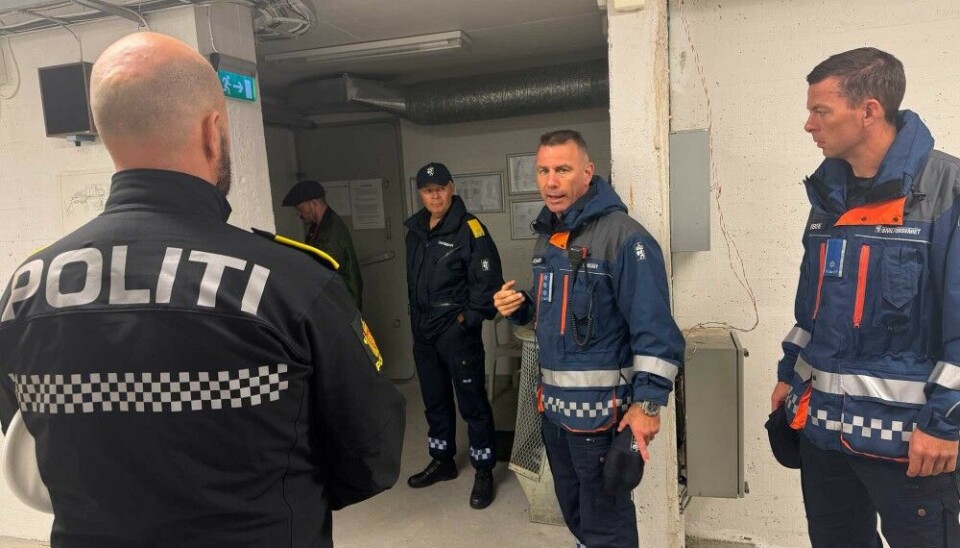
It is 40 years old, but still holds a high standard. Recently, air filters were changed in the ventilation system and the several tons heavy doors checked. More than 3,000 people can find shelter in the large mountain halls in case of an emergency.
Since the start of the full-scale war, people in the region have started to pay more attention to shelters,”
Kirkenes is not unfamiliar with emergency and crisis. During the 20th Century, it experienced war, refugee crisis and mass evacuation.
Over the past decades, the border municipality has been on the alert for accidents and crisis in nearby Russia. Less than 100 km away are several of Russia’s nuclear submarine bases and the ageing Kola NPP is only 280 km away.
In the fall of 2015, the municipality had to handle several thousand migrants that came across the border from Russia. It soon became evident that the migrants were part of a hybrid operation initiated by Russian security services and aimed at testing the Nordic country.
Terje Meyer does not want to comment on potential hybrid operations plotted by Moscow.
“I do not have any opinion about the kind of threats that come from Russia,” he underlines.
“But of course, we are located nearby, and we know what kind of neighbour we have.”














